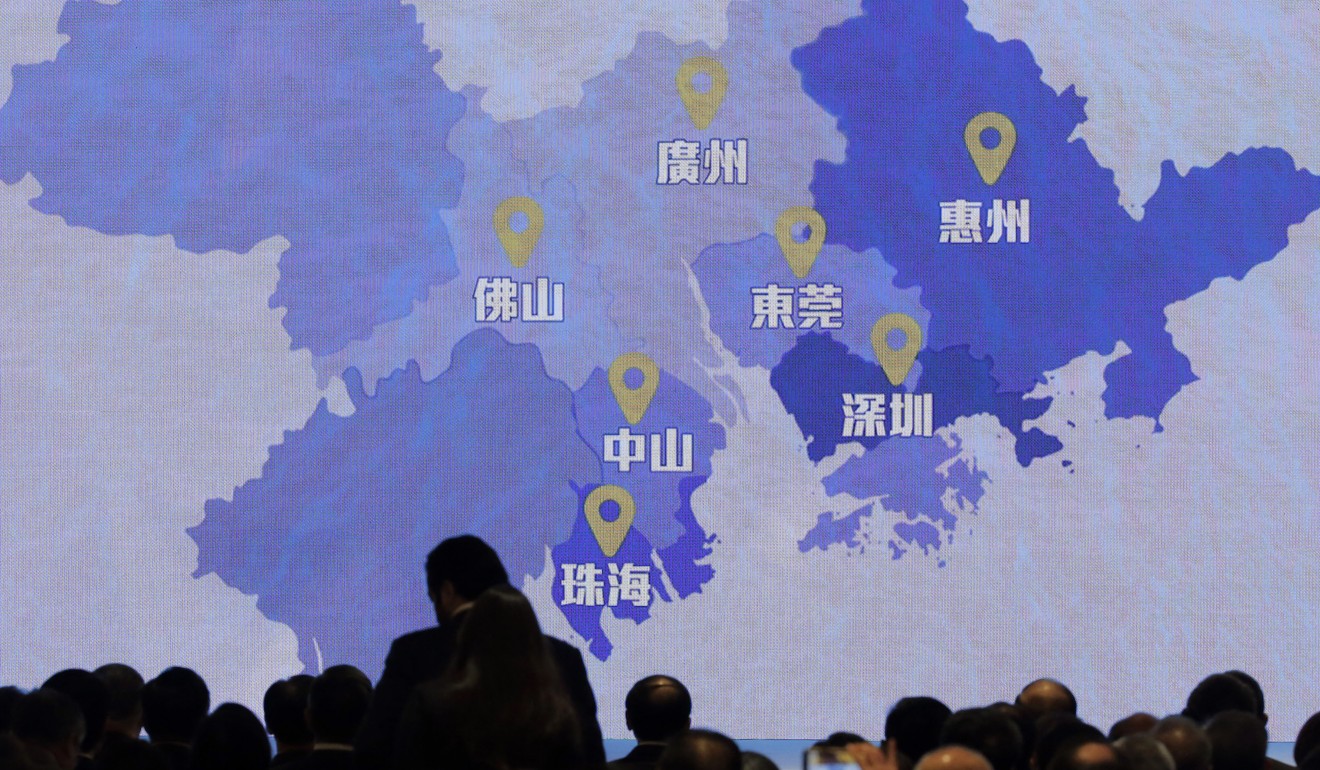
Why the ‘Greater Bay Area’, which includes Hong Kong, is more attractive to foreign investors than China’s other major project, the Xiongan New Area
- Two regions are the new torch-bearers for country’s development, echoing legacy of the four special economic zones in Deng’s era

Politics is always intertwined with the economy, especially when it comes to state-driven strategic projects.
Take, as a good example, the announcement of the blueprint for China’s “Greater Bay Area” strategy to transform Hong Kong, Macau and nine cities in Guangdong province into the world’s largest innovation and development powerhouse.
It was met with applause by many in Hong Kong, but also sparked anxiety among others who fear the city’s political and economic status will be diminished in the drive for greater integration with mainland China.
However, there seems to be quietly growing enthusiasm for the project among diplomatic circles and some Hong Kong-based foreign companies.
As the US-China trade war continues, despite the possibility of a tariff agreement coming soon, foreign investors are becoming more cautious about their China strategies in the face of many uncertainties.
With that in mind, a look into the interests surrounding the Greater Bay Area can be very telling.
Over the past week, the bay area project was the unavoidable talk of the town.

A Hong Kong business and political heavyweight with close ties to the Shenzhen government revealed in private that he was helping to line up trips to the bay area for several ministers from a Southeast Asian country upon their request.
Meanwhile, an inspection tour initiated by China’s foreign ministry office in Hong Kong is being scheduled soon in response to keen interest and inquiries from other governments. Representatives from foreign chambers of commerce will also be invited.
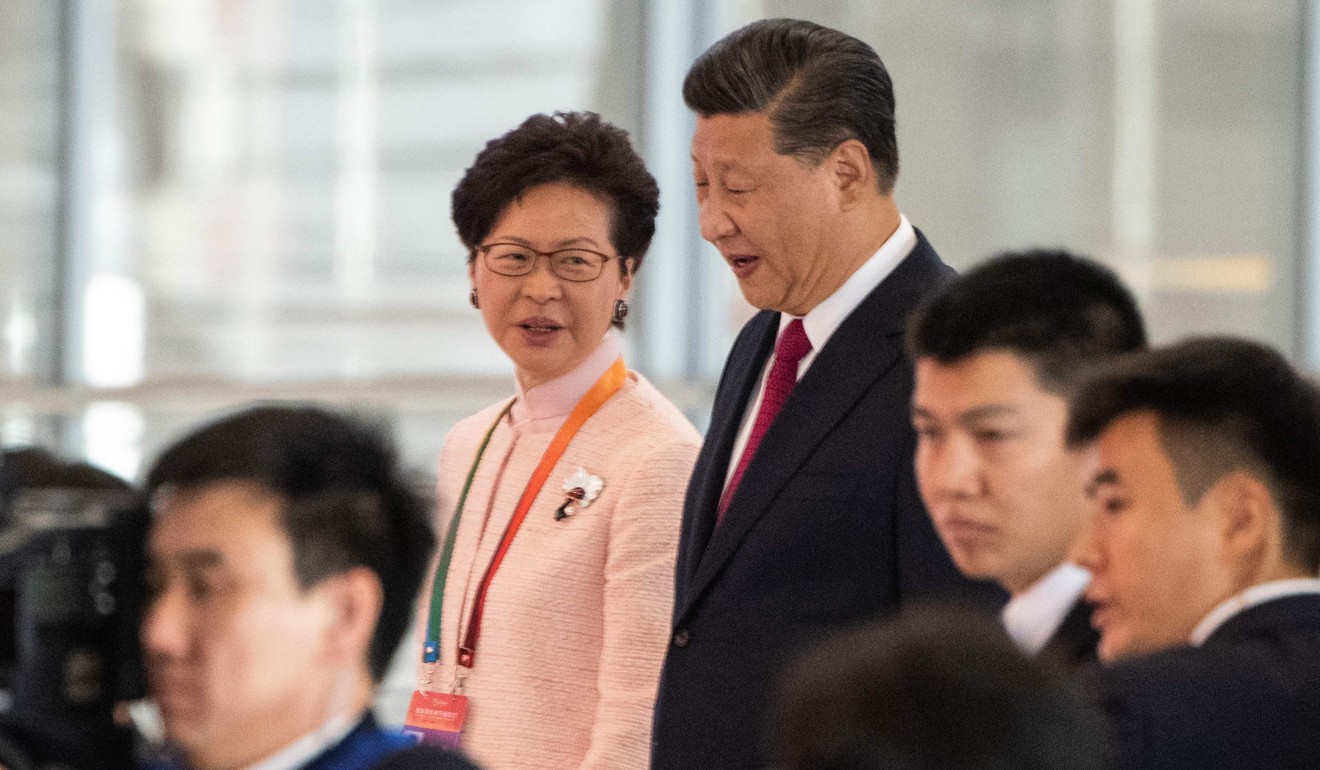
At the same time, Chief Executive Carrie Lam Cheng Yuet-ngor, together with her counterparts from Shenzhen and other Guangdong cities, is also preparing for overseas trips to spread the word further about this pet project personally driven by President Xi Jinping.
For all the limelight, though, the bay area project is not Xi’s only dream.
Up north, spanning three counties in Hebei province about 100km southwest of Beijing, another project hailed as part of the “millennium strategy” is in full swing, too. It’s called the Xiongan New Area and was also initiated by Xi.
The president paid his most recent visit to the area last month to personally push ahead with general planning for the project. His inspection was followed by official initiatives to encourage more state-owned enterprises to get actively involved in this new state-level economic area.
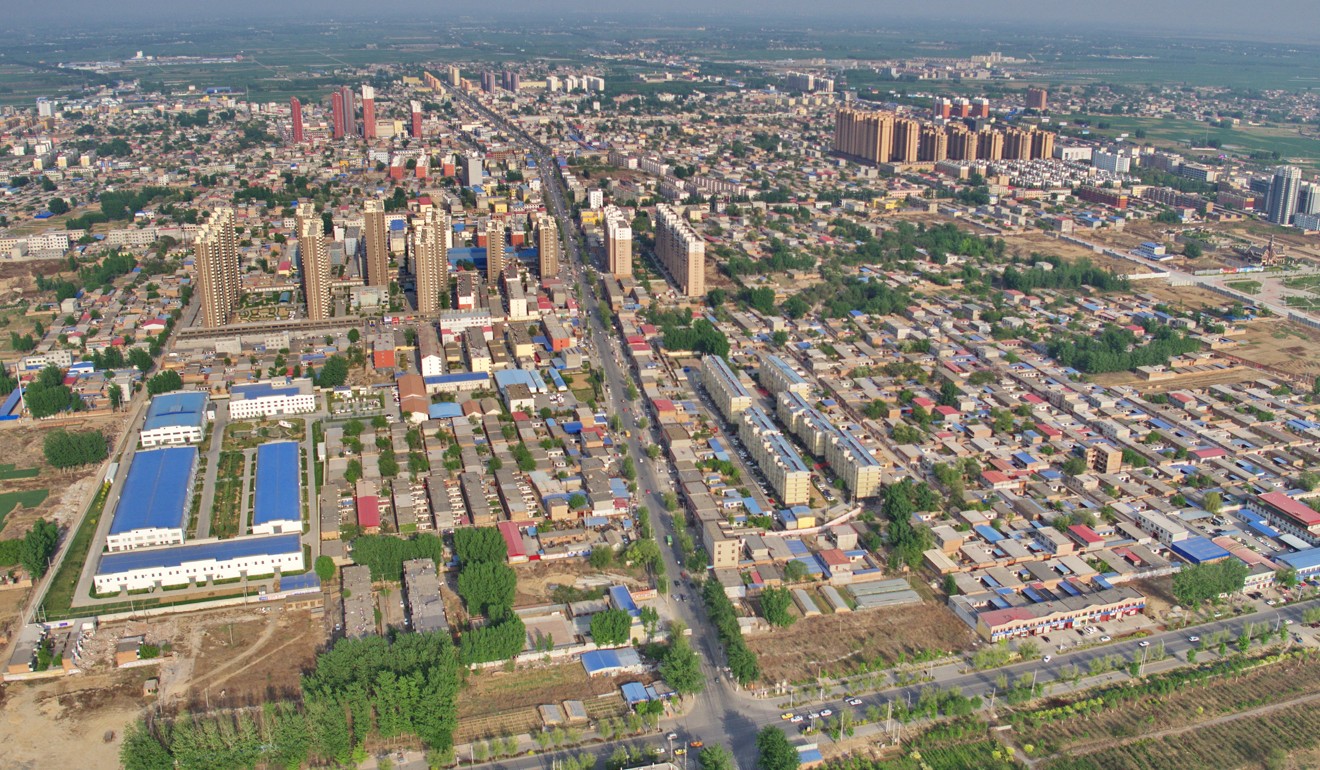
Critics comparing the Xiongan New Area with the Greater Bay Area find the latter to be more attractive to domestic and overseas investors, especially those based in Hong Kong, for now at least.
The Greater Bay Area is preferred for its many conveniences and readiness, since it already has quite a mature economy, and provides a special advantage – proximity to the country’s only two special administrative regions, Hong Kong and Macau.
The Xiongan New Area, on the other hand, regardless of its future potential, is still at the stage of building basic infrastructure. That explains why state-owned enterprises are the major driving force for now.
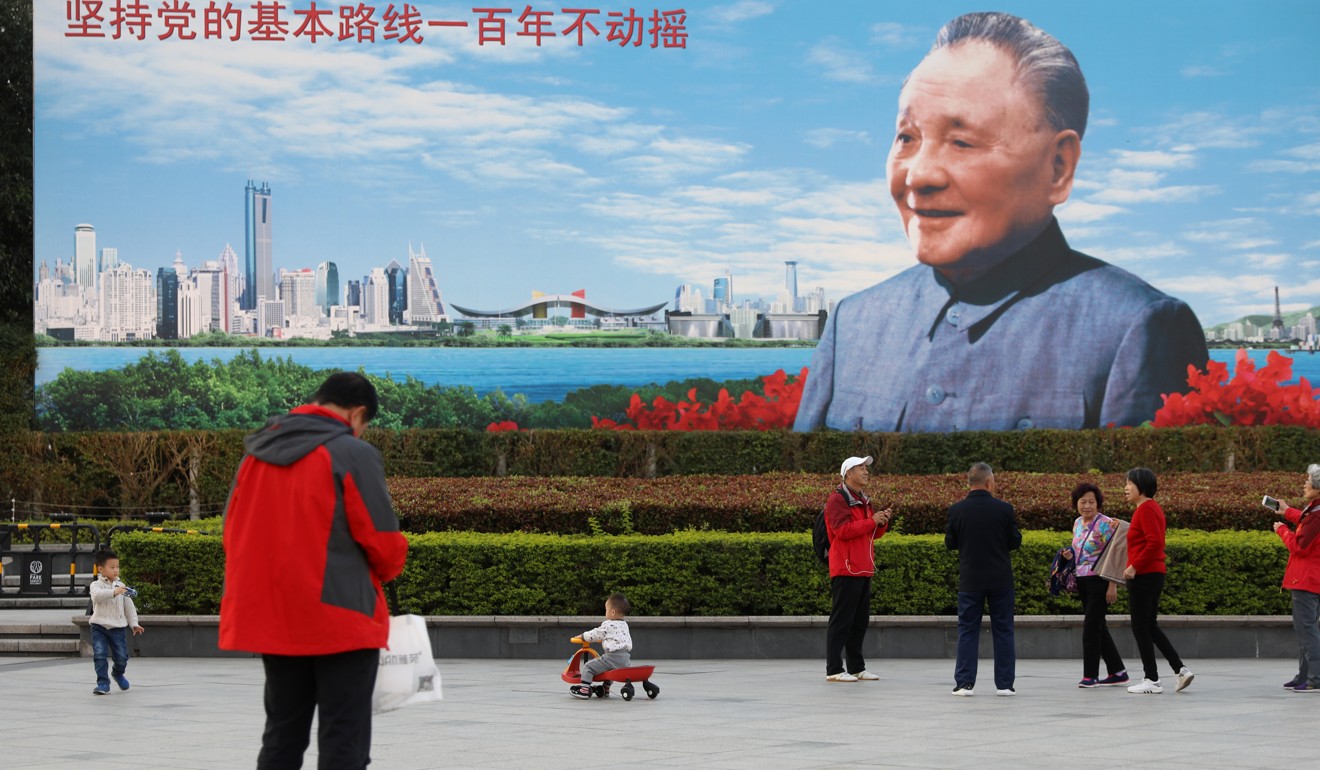
Forty years ago, when China opened its doors to the outside world, foreign investment began first pouring into the four special economic zones designated by late paramount leader Deng Xiaoping: Shenzhen, neighbouring Hong Kong; Macau, close to Zhuhai; Shantou in eastern Guangdong, under the Chaoshan region where many of Hong Kong’s biggest tycoons, including Li Ka-shing, come from; and the port city of Xiamen in Fujian province, facing the Taiwan Strait.
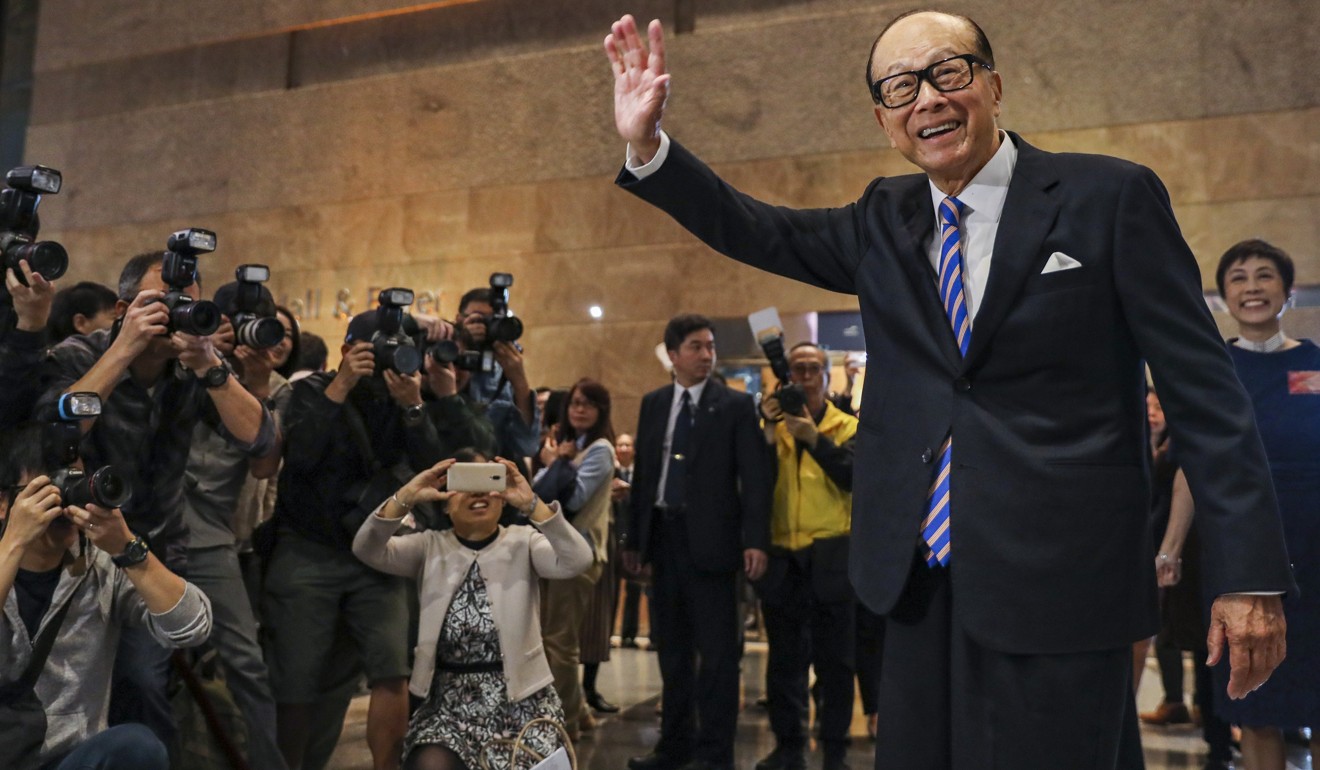
Deng’s intention was more than clear: these were the four cities he expected to attract more money from overseas, and he was proved right.
Four decades later, the historic mission of the four special economic zones had come to an apparent end, and their significance is now being replaced by the Greater Bay Area and the Xiongan New Area.
Since the latter is relatively a long way off, greater interest in the bay area project is quite natural.
Hong Kong’s involvement in the Greater Bay Area should presumably be attractive to foreign investors when assessing the pros and cons of the blueprint.
But, realistically speaking, the “dragon head” leading role that the city once held is gone; it is the “two systems” part of Hong Kong’s governing formula, under one country, that will ensure its best value.